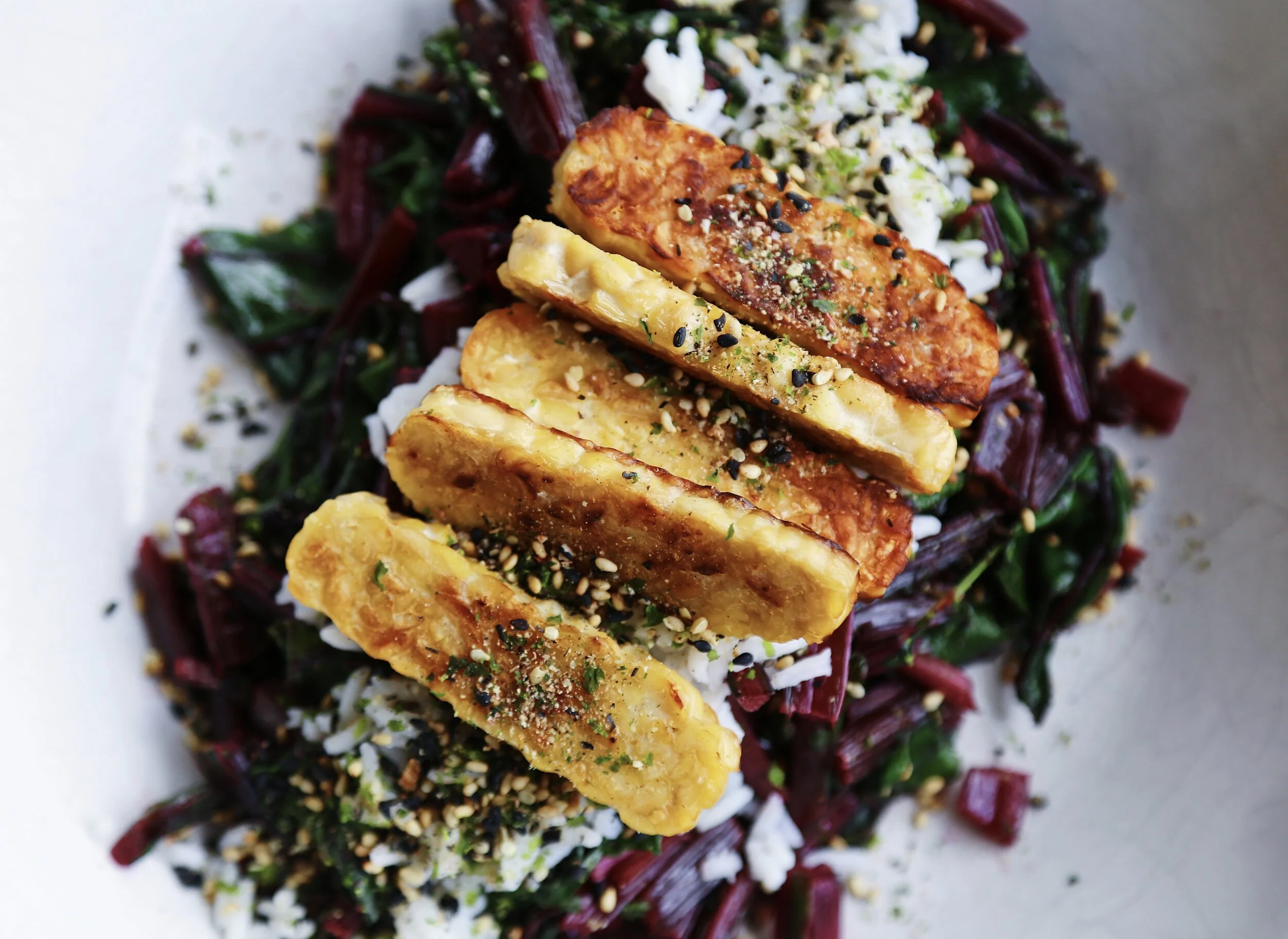How to make macro bowls and an easy, fuss-free recipe for the most delicious spring macro bowl
Macronutrients (macros) are the building blocks of our body.
For the body to function properly, you need make sure that macronutrients - carbohydrates, protein and fat - make up a significant part of your diet.
This is why I love to make macro bowls - they’re the definition of a balanced meal, and because of that, they’re also incredibly filling.
The formula for creating macro bowls is really quite simple: grains + vegetables + protein + fat. How much you need of each will vary from person to person, based on your body type and any particular goals you have for your health.
The idea, however, is that using this formula, you can create almost any kind of healthy, well-balanced meal and switch it up as often as you want to create variety in your diet.
They’re also incredibly easy to prepare (even easier if you batch cook your grains, and wash and chop your veggies or batch roast or steam them for easy access), making them ideal for a quick lunch or dinner.
You can make macro bowls a million different ways, depending on what you have on hand and what’s in season at the time.
The recipe below is inspired by all of the spring vegetables popping up at our local farmers market, and includes my favorite coconut rice recipe (linked below), as well as some plant-based protein and Furikake, a Japanese seasoning, to bring all of the flavors together.
Like all of my recipes, this bowl is made using easy-to-find ingredients (you can even make your own simplified Furikake at home by combining toasted sesame seeds, black and white sesame seeds, nori, salt and little bit of sugar), is entirely plant-based and uses mostly real whole foods.
As always, substitutions can be made easily based on your taste, dietary needs, ingredient availability, etc.
I hope you enjoy it and it inspires many more balanced meals to come!
And if you want to learn more about the macrobiotic diet, specifically how counting macros is an effective tool for certain diet-related goals such as weight loss or gaining muscle mass, check out this post to decide if it’s right for you.
Spring Macro Bowl
Prep Time: 10 minutes | Yields: 1 serving
Ingredients:
1/2 cup chopped asparagus
2 cups of leafy greens such as spinach, kale, chard or beet greens.
1 tsp of coconut oil or ghee
1/2 cup cooked coconut rice (recipe here, minus the dill and lime)
1/3 pckg of tempeh
1/2 tsp mineral salt
1.5 tsp Furikake
Directions:
Place a medium size sauté pan on the stove over a low to medium heat with coconut oil or ghee (or spray oil or water if you want to use less oil or prefer an oil-free version). Once the oil has melted, add the asparagus and cook until tender (about 5-7 minutes).
Once asparagus is tender, add your greens and cook until wilted (about 3-5 minutes).
Remove vegetables from the pan and plate them. Top greens with cooked coconut rice (for the rice, if you prefer to cook it without oil but still want the coconut flavor, you can try using a 1/4 tsp of coconut extract or a tbsp of melted coconut butter).
Rinse and dry your sauté pan, place it back on the stove on a medium heat with a bit of spray oil. Place your tempeh, and cook for about 3-5 minutes on each side (or until it is lightly browned).
Place tempeh on top of cooked coconut rice and top your macro bowl with Furikake. Serve warm.














